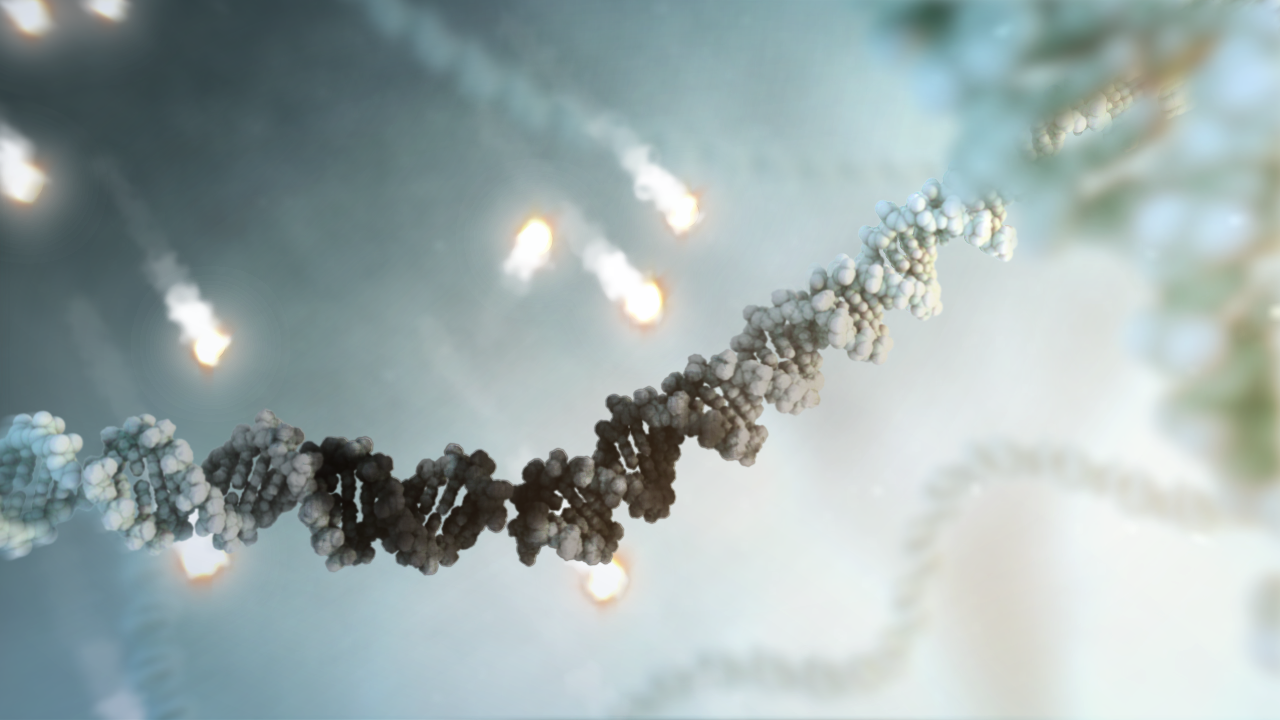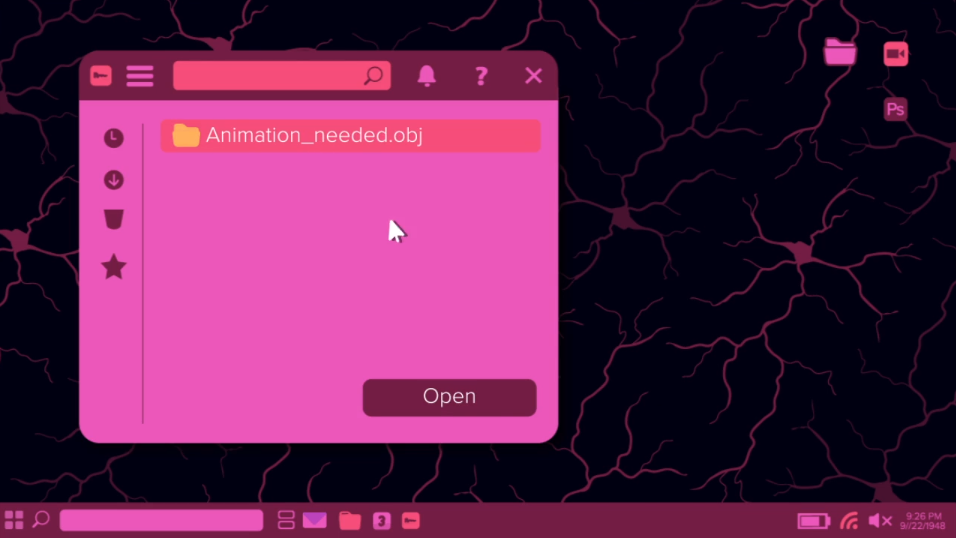Ionizing Radiation-Induced Cataractogenesis
Client: Animation III Course Instructor Rex Twedt
Software: 3DStudio Max, Tyflow, Visual Molecular Dynamics, Adobe Photoshop, Adobe AfterEffects
Primary Audience: Undergraduate level biology students
This animation describes the genetic mechanisms that can be altered by ionizing radiation and result in posterior subcapsular cataracts. Genetic mutations induced by ionizing radiation prevent proper lens epithelial cell differentiation and lead to opacification of the lens. The process is depicted at multiple scales, providing the viewer with anatomical context in addition to understanding of the process at molecular and cellular levels.
A journey through the pancreas
Created in collaboration with Emi Frohn and Sam Palahnuk
Client: Animation IV Course Instructor Rex Twedt
Software: 3DStudio Max, TyFlow, Zbrush, Adobe AfterEffects
Primary Audience: Lay audience
Beginning with a macro view of the pancreas and ending with exocytosis of its zymogen granules, my team and I created an infinite zoom depicting the organ at multiple scales. As the post-production lead, my roles included compositing all scenes, ensuring a consistent look and feel, creating the animatic, developing an plan to ensure consistent camera movement in multiple 3DS Max files, and asset development, animation, and lighting in the opening scene.
Glomerular Filtration
Client: Animation II Course Instructor Rex Twedt
Software: 3DStudio Max, ZBrush, Adobe Photoshop, Adobe AfterEffects
Primary Audience: Lay audience
The structure and function of the glomerulus is showcased here in my first medical animation. The intent of this project was to depict the structure of the glomerulus without narration. The camera enters the Bowman’s capsule through the proximal renal tubule before focusing on the particles and ions filtering between the interdigitations of the podocytes. These particles are later seen traveling down the proximal renal tubule as the camera zooms out and reveals the entire structure of the glomerulus, tubules, and arterioles.
Vesalius Trust-A-Thon
Created in collaboration with Emi Frohn, Katie Harvey, Ben Colvin, Allysa Benedict, and Sam Palanuk
Client: The Vesalius Trust
Software: Adobe Illustrator, Adobe Photoshop, and Adobe AfterEffects
Primary Audience: The medical illustration community
I came together with five other BVIS students to form Team Blood Type BVIS and create a submission for the Vesalius Trust-A-Thon. This event, which was hosted by the Vesalius Trust, challenged medical artists to create a visual representation of the theme “Apart But Together” in order to raise money for research in biomedical communication.
Our animation highlighted the collaborative nature of our field and the importance of our work in communicating relevant scientific topics. Our team raised over $2,000, won first place, and won the People’s Choice Award.
My role included animation and asset development for various scenes.




